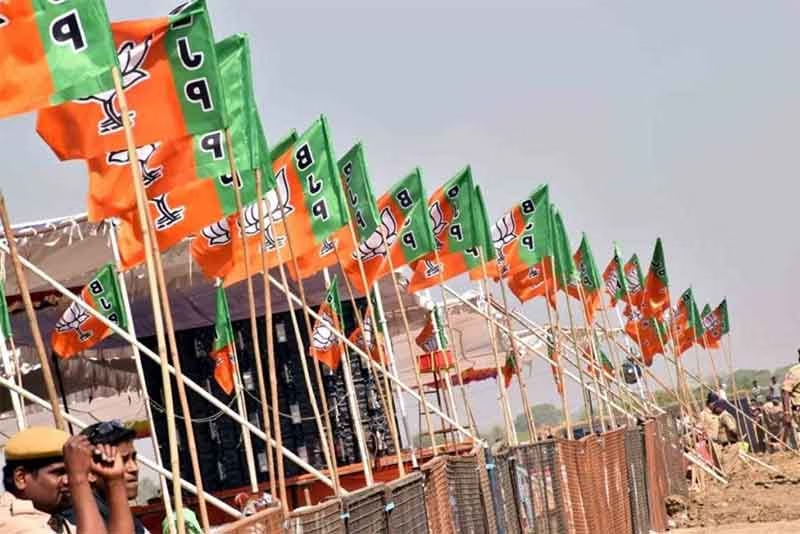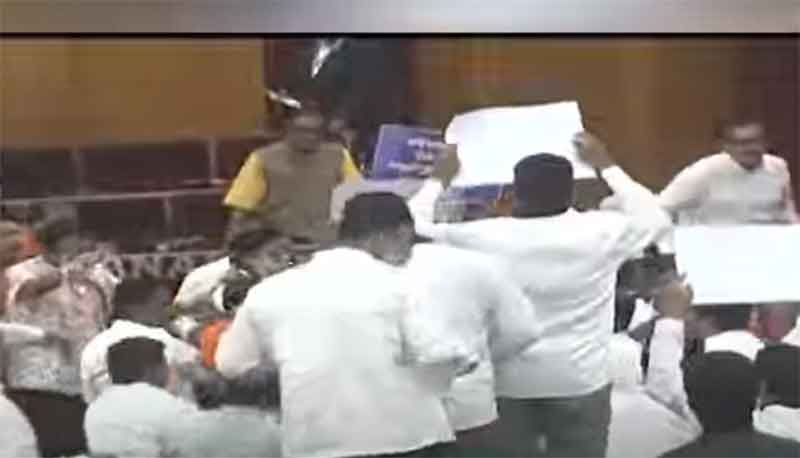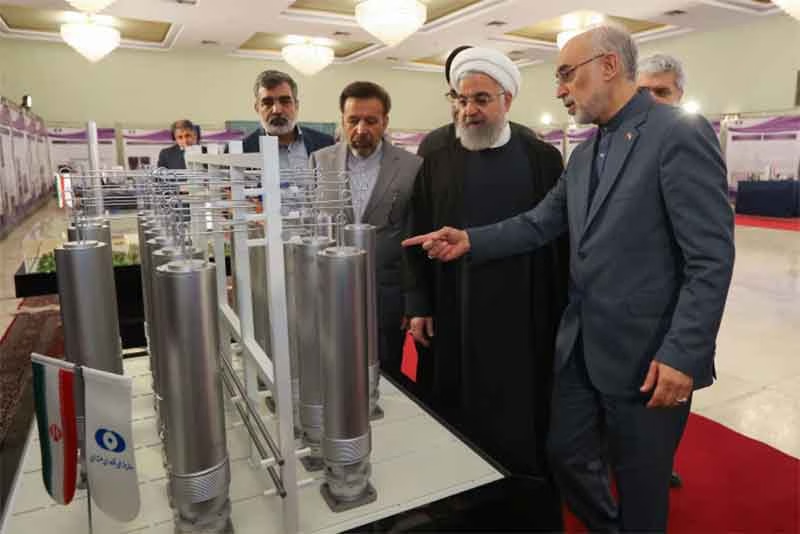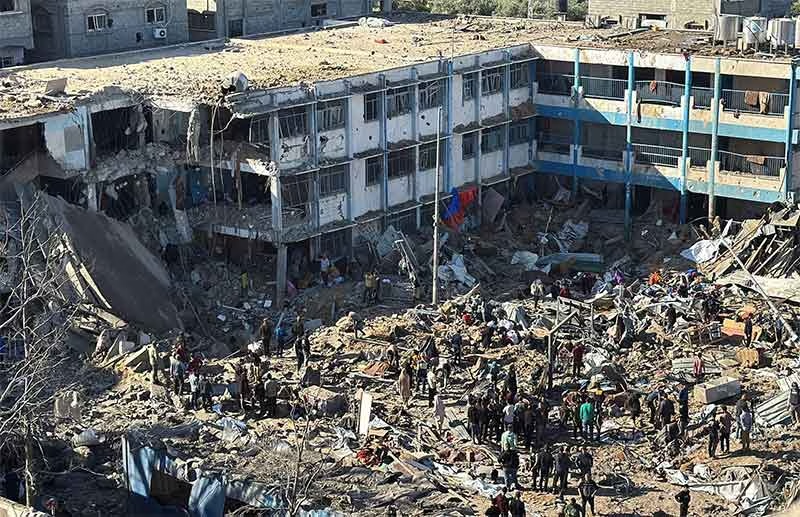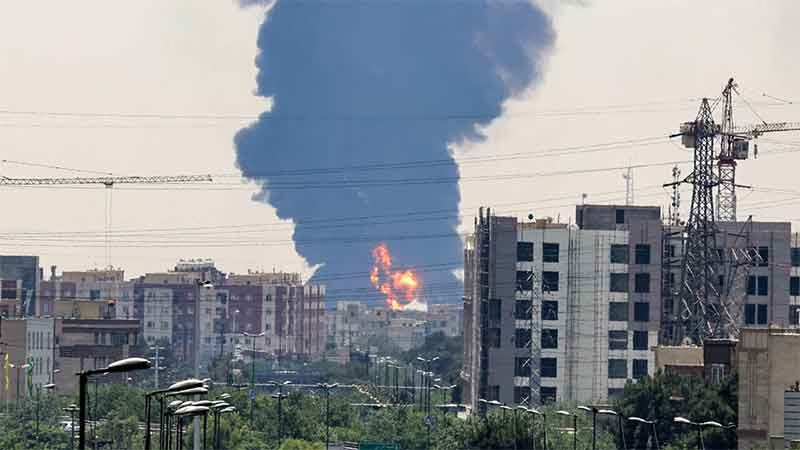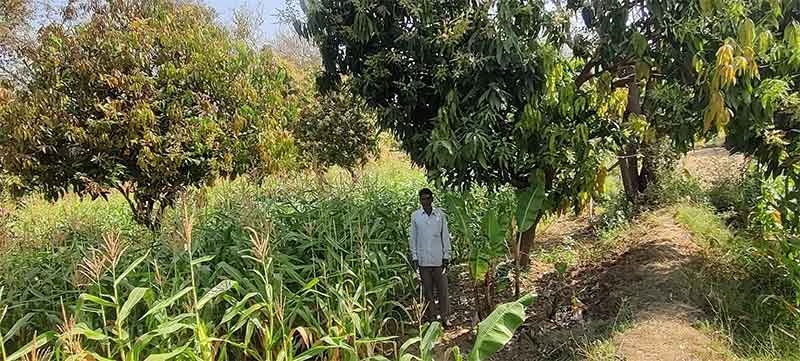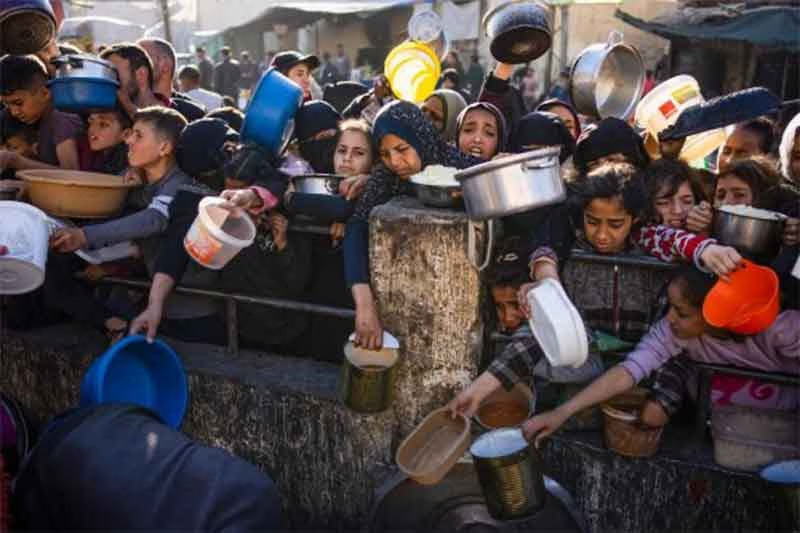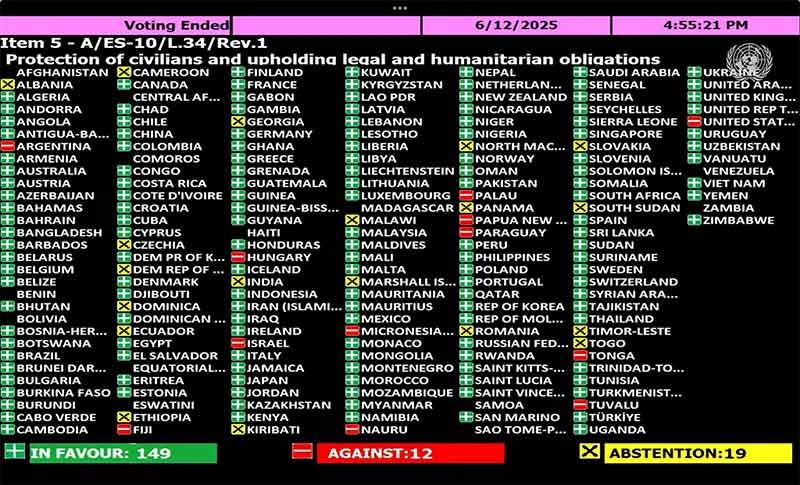
The ongoing auction of 16 non-coking coal blocks declared by the Union Coal ministry, may not be beneficial to Odisha because the periodic royalty revisions have not been done and the impact of mining on the lives of locals in coal reserve areas has been hugely negative. All major industries have been depending on coal to run their captive power plants. Coking Coal has good demand for steel industries and mostly non coking coal is used for thermal power plants (TPP) has a higher ash content .It is also used in industries such as cement, fertilizer, glass, ceramic, paper, chemical and brick manufacturing.
In the year 2020, the central Govt. with amendment of Coal mines special provision Act 2015 through ordinance, has allowed private sector to go for commercial extraction. Privatize commercial extraction will allow the miners to trade the coal and coal based products in an open market. There was a virtual auction for 41 coal blocks in five states, where 8 are in Talcher and Chendipada of Angul district and 1 in the IB Valley of Jharasuguda and Sundargada district and in the current 10th round , it has decided to go for auction of 16 no of non-cooking coal blocks in Odisha and other 9 states covering total 67 blocks. The GoI has already auctioned 107 blocks in last nine rounds and some of them become operational.
NO Coal Royalty hike : Odisha suffers huge revenue loss.
The state of Odisha has been losing huge coal royalty, one of the principal sources of its non-tax revenue, due to lack of its periodic revision ,besides due to large scale illegal mining. In spite of provisions in the MMDR Act-1957, section-9, for a long time, these issues are not settled by the Union government. The government of Odisha has continuously raising these issues before a number of statutory bodies such as parliament, interstate council, finance commissions, inquiry commissions, study groups on royalty and other such forums. In case of coal there has been no uniformity of royalty rate as in case of West Bengal a separate practice of collection of both royalty and cess is being followed where as in case other coal bearing states such as Odisha only royalty is being collected. The current coal royalty rate is 14 percent of Ad-valoram on price of coal as fixed by IBM for all states except West Bengal, Which charges about 25 percent cess and less royalty. Though union government wants WB to minimize cess and increase royalty to make a balance. WB levies education, health and employment cess of 25 percent on each tonne of coal and earns about thousand crores. The price of coal has been increased and the representative prices of different grades of coal based on March 2024 price vary . Currently, grade-1 is Rs8463 while grade 17 is Rs732 and the price for the same grades respectively was Rs6059 and Rs531 in the year 2020. Coal royalty is a tax that has to be decided by the Union government in every three years and it is collected and appropriated by the coal reserve states. The royalty(R) is fixed following a method called R= a x b x p. where a is the sale price of minerals , b is the rate of royalty, p is the total quantity of minerals produced /dispatched. There has been no revision of coal royalty since 2012 by the Union government, That has caused a huge loss to coal-bearing backward states such as Odisha, which, in turn, affects the development of the state and, more importantly, to spend on reparation of the growing climate change impacts. For the last 75 years, the PSUs and private companies have been exploiting the mineral resources of Odisha and ignoring the rightful share of the state and local affected communities. The current mineral sector governance arrangement is very much centralized under the control of union and helpful to capitalist class and their Eco-system. The political leadership of Odisha is being appropriated by national parties to act as agents and the demand for resource federalism is being invisible in state politics in spite of the presence of a regional party which was in power for the last 24 years. Unfortunately , a long time constitutional governance has not changed its position on resource federalism and, in the name of cooperative federalism, the Modi’s regime has made moves towards more centralization with more power to union over resources including, minerals while limiting the power of states and locals through amendments of central legislation. This centralization move for controlling resources facilitates the privatization process and enforces administrative measures easy of doing business. It was promised in 2014 by the Prime minister that there would be a sunrise from the east and regional imbalances would be minimized and investment would be more in backward states such as Odisha, but a careful observation of the union’s resource allocations shows industrially developed states and metropolises have more capital investment. People of Odisha remains backward, but the resources of Odisha are used for national growth and profit of PSU and private companies. Coal mining in Odisha started in 1875 at Goalprasad of Talcher in Angul district. Odisha is a major coal producing state, having almost one fourth of the coal reserves of the country.With an increase demand for coal for TPP and other industries , production is projected to be double the current rate. But the increase in production is not contributing to economic development of the people of the coal areas. Coal royalty is a resource for the state and its sharing with affected districts under DMF is linked. The climate changes is directly linked to the burning of fossil fuel, large scale deforestation , displacement and many more environmental and human issues for which the union as well as the state government are not equally serious as it is reflected in their climate justice action plan for coal area. The amount of seriousness they showed in the auction of commercial production of coal, the same has not been visible in addressing the issues of climate change. Globally ,the greedy of extractive industries and the capitalist mode of production for super normal profit is destroying the Eco-system of coal reserve areas and makes that area unfit for human settlements. Many vulnerable social groups further marginalized and pushed to periphery.
| Year | Amount of Royalty receive by Odisha (Rupees in crores) |
| 1-2011-12 | 1045 |
| 2-2013-2013 | 1242 |
| 3-2013-2014 | 1349 |
| 4-2014-2015 | 1416 |
| 5-2015-2016 | 1698 |
| 6-2016-2017 | 1666 |
| 7-2017-18 | 1754 |
| 8-2018-19 | 2024 |
| 9-2019-20 | 2129 |
| 10-2020-21 | 1519 |
| 11-2021-2022 | 2600 |
The demand for hike in royalty rate from 14% to 20% by coal producing states is ignored by Union government on the plea that after the levy of DMF @30% of 14% of royalty and 2% of 14% by NMET the total royalty reaches to 18.48 %.(14+4.2+.28).on the other hand the coal consuming stakeholders demands a reduction of royalty to 5 to 6 %.
(Reply of Union minister of Coal ,mines and Parliamentary Affairs shri Pralhad Joshi in Loksabha on 30 March 2022.)
Lack of transparency and huge corruption in developmental spending:
The funds available from a host of sources such as coal royalty, DMF, CSR ,CAMPA, OMBADC (fund created by recommendation of Justice Shah commission), must be spent towards building a sustainable future. The Odisha govt got a coal royalty of Rs2700 crore in 2021-22 and coal alone along contributed Rs2600 crore to DMF of coal bearing districts. But there is lack of transparency in spending of such dedicated funds for the people .It is told by the local people and very often reported in media that a well – built nexus of company top officials , district administration and local politicians is operational in coal areas.
Raw deal for locals of coal-bearing areas in Odisha :
Any one visiting the periphery villages of the coal mining area can easily encounter the problem of drinking water, health, education and housing, along with the problem of deforestation, pollution of water-bodies, air and soil. The condition of rehabilitation colonies and the quality of living of the people living there are not being improved. The Coal reserve areas in Odisha are mostly dominated by farmers and forest dwellers,small producers, farmers, NTFP collectors, and fisher folks who are also largely remain educationally and socially backward. The Coal areas in Sundargada district is a fifth schedule area where the violation of PESA and FRA is being reported by STs. The coal areas are also no way a developed zones rather lag behind all kinds of social development indicators .
As per conservative estimate till date, mining has displaced more than 300 villages and largely impacted the agricultural-ecological system of livelihood of people traditionally engaged in forest , agriculture and fishing. It also hugely impacting human health and livelihood, social and political condition of the marginalized sections. A long time unplanned mining has created huge abundant mines, no back filling,no restoration of land, and disturbed the hydrology and generated huge fly ash ponds by TPPs and thousands acres of land become unfit for cultivation. Mining induced environmental changes have contributed to increase economic and social inequalities among social groups and many communities are deprived of social and climate justice. It has been observed that the areas having extractive industries are depriving people of their natural human right to right to natural resources and a fair share in mineral wealth available around their habitations at large. Experience shows that the government and companies don’t proactively solve the issues of the affected poor, landless, SCs and ST who are struggling to make a livelihood. The RPDAC, headed by the RDC North, never holds regular meetings to solve the issues of locals.The supreme court of India, in a judgement of 2022, asked them to compensate tribal villagers of Sundrgada their due compensation for which they have been struggling for the last 35 years. NGT in 2019 asked the SPCB to prepare a source apportionment study and emission inventory of the Angul and Talcher area. It is revealed that coal mining operations are the largest contributor to air, water and soil pollution.Many of the regulatory legislation , such as the CBA , MMDR Act, MCR, Companies Act, Pollution control Acts and RFCTLAA Act relating to employment , compensation ,rehabilitation and resettlement of displaced and affected people is being largely violated.
Liberalization of the coal sector and its impact :
One of the major objectives of coal nationalization in the early seventies was to boost the core sector of the economy, such as the steel industry, and to meet the energy needs of India as well as control the illegal miners and most importantly to change the poor working condition of mining labour in private mining companies. After fifty years of coal nationalization, the country is moving in reverse direction by denationalization of the coal sector with more liberalization and privatization.
The GoI has made denationalization of coal and introduced rolling auctions, sale of excess coal produced by captive mines , commercial auction of coal on revenue sharing mechanism, increased the lease period from 20 to 50 years while allowing 100 percent FDI in the mineral sector, along with re-scheduling of minerals list to remove restrictions. The EIA of 2006 and SIA process have been loosened with special dispensation. Amendments of the acts and rules such as MMDR and MCR have facilitated easy access to doing business by way of single window clearance. But this liberalization and privatization move has been ignoring the due share of the state and locals. It has been hugely impacting on employment and CSR activities, human rights and environmental obligations beneficial for the people.The shift from public sector to private sector needs more monitoring and transparency in ensuring legal obligations to people. Experience shows PSUs are comparatively better than private mining companies in terms of socially inclusive employment and in adopting environmental and local developmental measures. The coal mines owned by PSUs have provided employment for the locals. MCL alone employs 22,000 people directly. It follows the policy of reservation for SC (16%) ,ST (22%), OBCs (12%) and EWS (10%) as per State percentage in group C and D jobs. About 20 percent of the group D employees and 97 percent of the sweepers belong to the SC category with proportionately less presence of SC/ST/OBC in group-A,B and C jobs. The contractors, traders, stockists, transporters and upper grade A and B job holders, about 60 percent, belong to the upper class/caste as beneficiaries of the coal economy. Mechanization and privatization have further limited the scope of employment. However both PSU and private mining companies also follow a discriminatory policy towards local communities, while the company employees enjoy all the facilities, including a good salary, housing, health and education facilities.The move of privatization of the mining sector in general and coal in particular for commercial extraction will further pave the way for more privatization of PSU such as CIL and MCL.
Subscribe to Our Newsletter
Get the latest CounterCurrents updates delivered straight to your inbox.
The future of the coal area in Odisha and the way forward :
The search for alternative sources of energy as substitutes to TPP is not being explored sufficiently. Thermal power is a reality in India since about 70 percent of our electricity generation comes from TPPs and 85 percent of TPP are coal based. Fossil fuel burning has been globally a matter of concern in the context of climate change.The future of the coal sector after the Kyoto protocol has taken a new shape with many countries, such as Germany, the UK, agreeing to limit fossil fuel CO2 emissions and explore new opportunities for green energy sources and net zero-emissions by 2050. The Japanese Bank announced plans to phase out funding for coal projects. India is a signatory to the treaty. India has the 5th largest reserve of coal and is the second largest coal-producing country in the world after China, which has a share of more than 50 percent of global production. The coal-producing countries including US, Russia, Australia, China and India own 75 percent of the world’s coal reserve out of a total reserve of 1.16 trillion tonnes. The global production of coal was 7,841 MT in the year 2023. The coal production in India in 2023 was about 788 million tonnes, which comes from States including Odisha ,Chhatisgarh, Jharakhand, MP, Telengana, Maharashtra and West Bengal. Odisha and Jharakhand,together, these states, have more than 50 percent of the country’s total reserve. Odisha contributed 219 million tonnes of production in the year 2023. However, the NITI Aayog study report estimated coal demand in India for various sectors such as power generation, iron and steel ,cement ,aluminium ,and captive plants to be as high as 1,325 million tonnes in 2030, double that of the current year’s production. Along with imports of coal to meet the growing demand, the Government has also planned to enhance domestic production and has liberalized policy. Both CIL and NTPC have made expansion plans to meet coal and thermal power needs of the country. NTPC has lunched a number of projects to reach 130GW companies by 2032. Recently, the Prime Minister of India laid the foundation of projects of NTPC at Darlipally super thermal pit head power stations ,Rourkela PP-II expansion project and NTPC Talcher thermal power project stage -III. The beneficiary states include Odisha ,WB, Jharakhand, Gujarat, Sikkim, Bihar, TN and Assam. With the increase in coal production, the negative impact on the lives of people in coal areas has increased that needs urgent attention. Therefore, before going for auction, the state government must do a calculation of its loss and social audit of coal mining in terms of overall gain and loss for the state as a whole, putting people in center.
Manas Jena is an activist and columnist based in Bhubaneswar, Odisha,[email protected]



